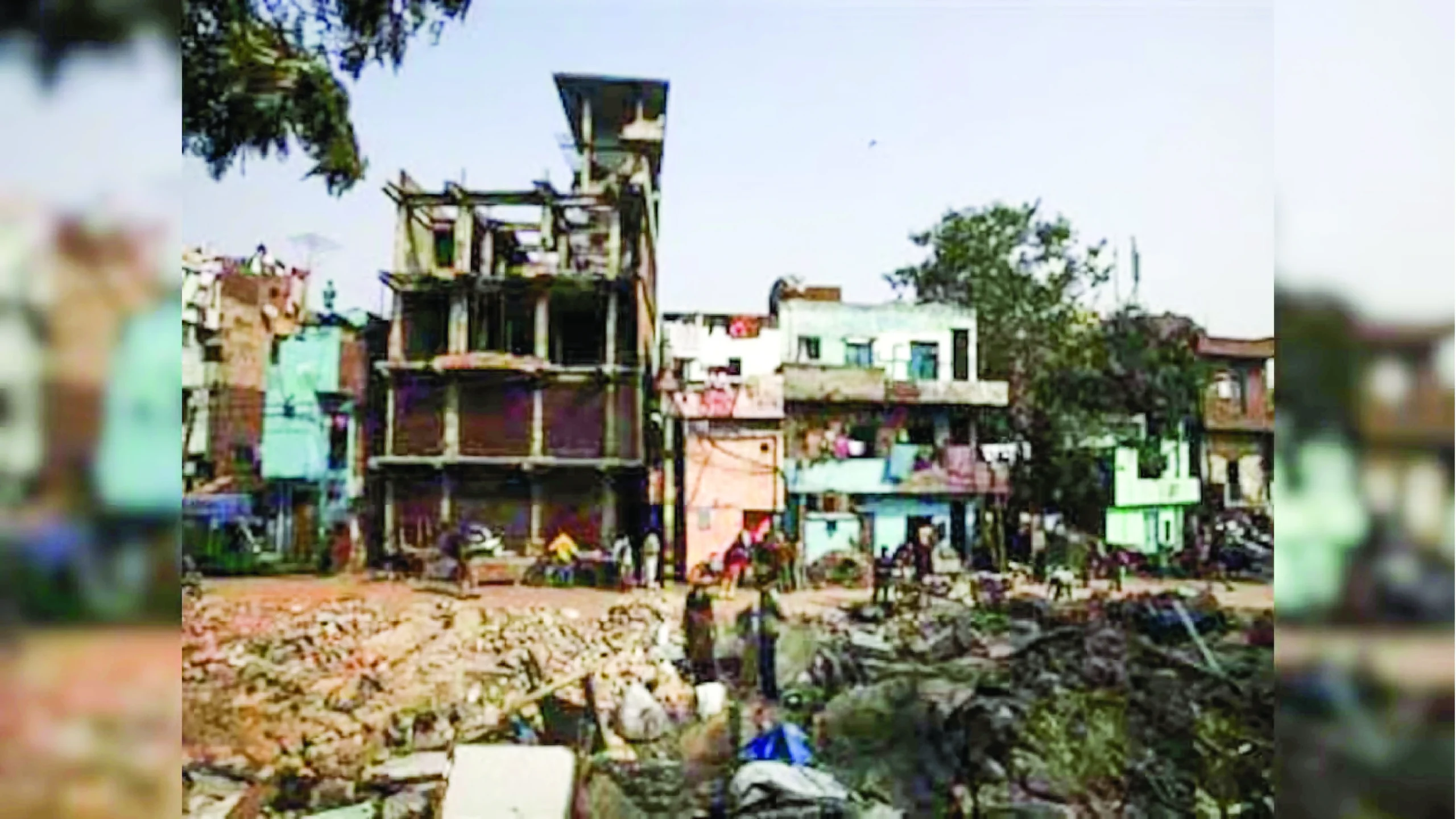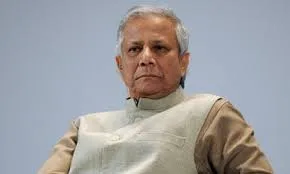Delhi woke up to a trembling sound in the early wee hours of 17th February. It was nothing short of a nightmare that shook everyone from their deep sleep with squawking sounds of birds and growling of dogs as if the earth is screaming out loudly to save itself from the pressures of human civilization.
While the magnitude of the earthquake was 4.0, its intensity was so severe that it raises deep seated questions about whether we are prepared to save Delhi from the future rumbling of such earthquakes? It seriously raises questions about the governance of Delhi and its sprawling urban agglomerations and implementation of building bye laws raises concerns about the safety of Delhi.
The epicenter of the earthquake was located in the Jheel Park area near Dhaula Kuan and the rumbling sound it made was due to its occurrence at a shallow depth of 5km which raises significant concerns and uncertainty about the future of such earthquakes.
As per the preliminary report on the earthquake by the National Centre for Seismology it has revealed that there has been past seismic activity within a 50 square km radius of the epicenter and the last earthquake of such a high magnitude of 4.6 earthquake occurred on December 25, 2007.
This reveals a normal pattern of seismogenesis in the past that underlines the prevalence of pre-existing stress conditions that makes it even more susceptible to future earthquakes. The recent earthquake occurred due to normal faulting that led to hydrofracturing as captured in the Jheel Park where a giant tree was uprooted from its roots. There is also prevalence of two well-known regional faults, the Mathura fault and the Sohna fault which is located in close proximity to the epicentre.
Delhi lies in the seismic zone IV which is a highly vulnerable and earthquake prone area with extremely high seismic velocity where general occurrence of tremors is between 5-6 magnitude and may occasionally rise upto 7-8 magnitude.
The region of Delhi has witnessed major earthquakes in the past and the frequency of the earthquakes indicates that Delhi lies in an extremely fragile and vulnerable zone extremely prone to the future trembling of earthquakes. Delhi has been receptive to earthquakes and its traces can be found in the old epic of Mahabharata.
One such instance where the earth crumbled with fierce whirl-winds and roars of elephants was when Duryodhana made Bhishma commander of his force. In the recent past also there has been instances of earthquake, for instance, khurja earthquake in 1956 with 6,7 magnitude and subsequently in 1960 with 6.0 magnitude and in 1994 with 4.0 magnitude.
The trend clearly shows that Delhi is vulnerable to earthquakes and this raises serious questions on the governance of Delhi about whether its sprawling urban growth and conglomerations are prepared to withstand such future shocks. Delhi suffers from a chronic problem of rampant and haphazard growth structures that makes it even more susceptible to the dangers arising from earthquakes.
Delhi is an assemblage of archaic revenue laws and newer municipal laws which makes its governance even more cumbersome and difficult to manage. There exists Lal Dora areas in Delhi which is an inheritance of the colonial system that referred to village abadi areas which were exempted from implementation of building bye laws and regulations of norms and property tax.
To bring uniformity across all the areas and to bring them all our one single caveat of norms and rules and regulations, the committee of the Draft Regional Plan – 2041 has recommended that “it is necessary to repeal Delhi Land Reforms Act and to bring all the villages of Lal Dora and extended Lal Dora land under the planned development of DDA and thereafter under respective Urban Local Bodies”.
As per the Department of Urban Development, there are a total of 1642 unauthorised colonies under the jurisdiction of Government of National Capital Territory of Delhi. These unauthorised colonies are sprawling with rampant illegal construction flouting the building bye laws of Delhi Municipal Corporation Act, 1957. In the hope of regularisation, these areas have come up with crowded structures thus flouting the fire and safety norms.
Apart from this, the ecosystem of Delhi also transcends within its boundaries and extends to the nearby NCR region which includes Gurugram, Noida, Greater Noida, Faridabad and Ghaziabad. There are sprawling structures coming in these areas reclaiming land over water bodies to build smart cities, metropolitan structures and IT parks. But the question arises are these structures really smart to withstand the trembling shocks?
To make Delhi and its nearby NCR region sustainable and resilient to earthquakes, it is really important to fully implement the building bye laws and regulations, check haphazard growth of structures and implement early warning systems especially in high rise buildings that are even more prone to the vulnerability of earthquakes.
The author is Assistant Professor, TERI School of Advanced Studies























